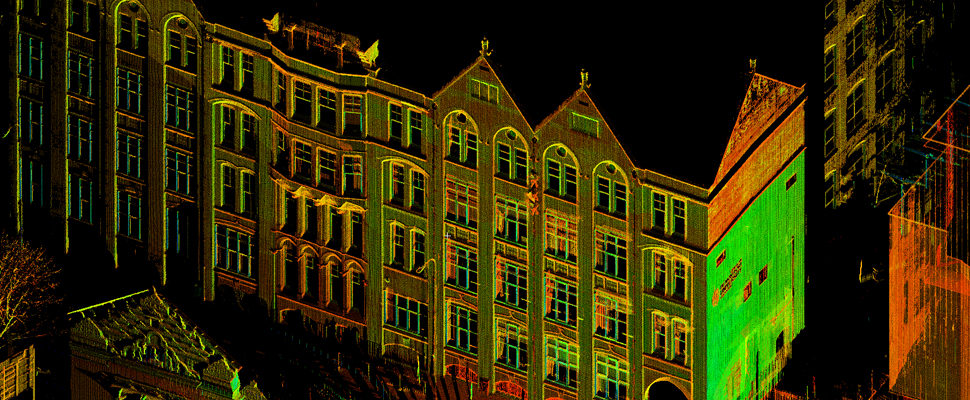Locating water
lines and cables and other underground utilities is done using a
number of equipment, which are essentially of two types, namely
magnetic locators and pipe/cable location equipment.
Magnetic locators
Magnetic locators
are used to locate anything that can stick or attract to a magnet and
hence their name, and are basically used to locate a single point
such as a property corner pin made of rebar or water pipe. In utility survey or topographic survey, most surveyors use them to locate
property corners or "pins" made of rebar and pipe. These
locators can also be used to locate cast iron valve and meter boxes
and ductile iron water pipe and underground storage tanks.
Military also
does use these when looking for unexploded ordinance. However, the
equipment is not a metal detector but specifically for detecting
objects with iron/steel (ferrous) content. Otherwise, it does ignore
all other kinds of metals including aluminum, copper, brass, coins
and precious metals like gold.
These locators
are used to detect electric lines, water lines, isolated ferrous
(iron/steel) object such as steel property pin, steel manhole cover,
steel water or gas valve. However, they are not to be preferred for
locating buried utility detection since a pipe & cable locator is
most appropriate for such an application.
The depth to
which it is capable of locating an object buried in the ground
depends on the size of the objective, orientation and mass of the
objective. For instance, it can locate a large steel object such as a
55-gallon drum at 15 feet deep.
Cable locators
Cable locators
are the second type of equipment used in utility survey and
topographic survey classified as either transmitters or receivers.
Transmitters induce a signal onto a pipe or cable then the wand or
receiver locates the signal the line is producing. The detector will
be able to find electric, cable TV, telephone, water or gas pipelines
and tracer wire and any buried utility of metallic construction, is
linear, buried underground and preferably grounded to the earth along
the path or end points.
This kind of
detector does not locate plastic or any non-metal utility. For the
locator to do the work of locating it by the signal transmitting
down, the utility must gave a metallic linear property. However, it
can also be able to locate a non-metallic utility when there is a
tracer wire buried alongside or included with the utility. In some
cases, devices such as plumbers snake or electrical fish-tapes are
inserted in the non-metal pipe and located by using this device.
For surveyors
working in a urban center where there are many utilities buried
underground, the best choice of device to use is a multi-frequency
mode pipe and cable locator. It will be possible to isolate each
utility from the others and reduce interference, simply by selecting
frequencies and power adjustments. A pipe and cable locator comes
basically with a transmitter, a receiver; ground stake and conductive
(direct-connect) clips that are used to transmit the signal. While
the pipe and cable locator can locate power lines without using the
transmitter through a method called Passive or 60Hz locating,
locating is not fool-proof and is not the preferred method by the
Dig-Safe or 811 society.
It is required
that the power line is energized and has a significant load to be
able to detect the presence of 60Hz. Again, other buried utilities
such as gas pipeline, telecommunications cables and event water and
sewer lines can have the ability of carrying the 60Hz signal onto
them indirectly.
